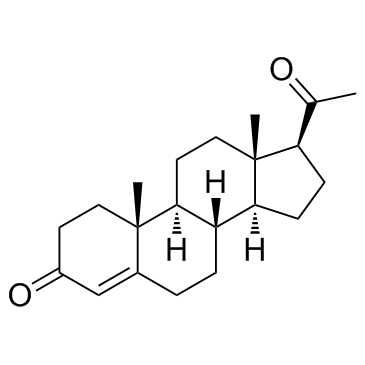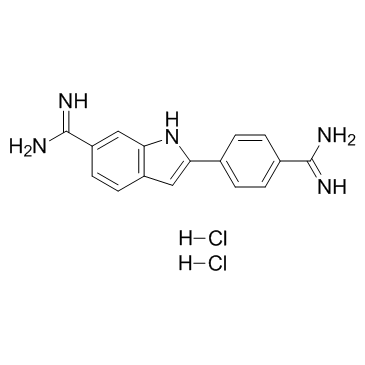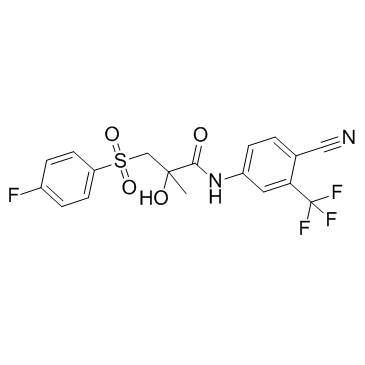| Structure | Name/CAS No. | Articles |
|---|---|---|
 |
Cyproterone acetate
CAS:427-51-0 |
|
 |
Dexamethasone
CAS:50-02-2 |
|
 |
Progesterone
CAS:57-83-0 |
|
 |
4',6-Diamidino-2-phenylindole dihydrochloride
CAS:28718-90-3 |
|
 |
Bicalutamide
CAS:90357-06-5 |
|
 |
2-Hydroxyflutamide
CAS:52806-53-8 |